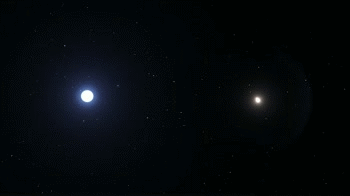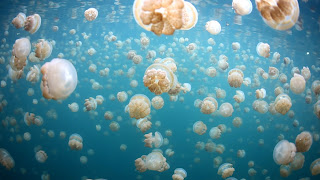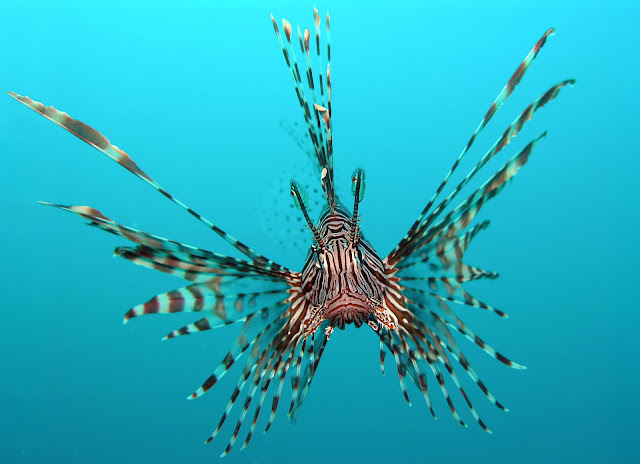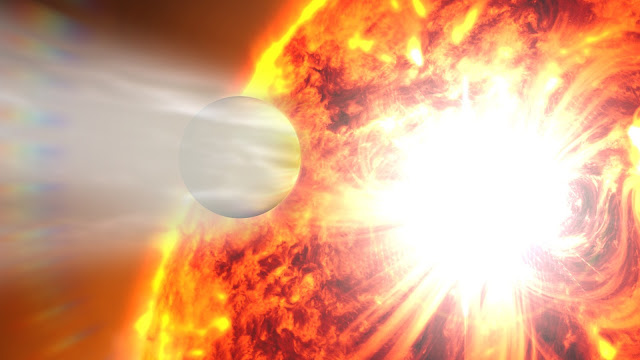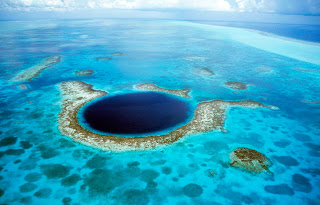The keel-billed toucan (Ramphastos sulfuratus), also known as sulfur-breasted toucan or rainbow-billed toucan, is a colorful Latin American member of the toucan family. It is the national bird of Belize.
Including its bill, the keel-billed toucan ranges in length from around 42 to 55 cm (17 to 22 in). Their large and colorful bill averages around 12–15 cm (4.7–5.9 in), about one-third of its length. It typically weighs about 380–500 g (13–18 oz). While the bill seems large and cumbersome, it is in fact a spongy, hollow bone covered in keratin, a very light and hard protein.
The plumage of the keel-billed toucan is mainly black with a yellow neck and chest. Molting occurs once per year. It has blue feet and red feathers at the tip of its tail. The bill is mainly green with a red tip and orange sides.
Keel-billed toucans have zygodactyl feet (or feet with toes facing in different directions) – two toes face forward and two face back. Because toucans spend a large portion of time in the trees, this helps the birds to stay on the branches of the trees and jump from one branch to another.
The keel-billed toucan can be found from Southern Mexico to Venezuela and Colombia. It roosts in the canopies of tropical, subtropical, and lowland rainforests, up to altitudes of 1,900 m (6,200 ft). It roosts in holes in trees, often with several other toucans. This can be very cramped, so the birds tuck their tails and beaks under their bodies to conserve space while sleeping. Adding to the lack of space, the bottoms of the holes are often covered with pits from the fruit the toucans have eaten.
Like many toucans, keel-billed toucans are very social birds, rarely seen alone. It travels in small flocks of approximately six to twelve individuals through lowland rainforests; it is a poor flyer, and moves mostly by hopping through trees. It has a family structure within the group. Birds will often "duel" with each other using their bills, and throw fruit into each other's mouths. Keel-billed toucans live together in these groups, often sharing cramped living quarters of holes in trees. Able to utilize human-altered habitat to some extent, this widespread bird is considered to be a Species of Least Concern by the IUCN. However, they are still threatened by hunting for their meat and beaks, and toucan populations are on a decreasing trend.
The diet of keel-billed toucans consists mostly of a wide range of fruit, but may also include insects, eggs, nestlings and lizards, as well as small birds. The bill, surprisingly dexterous, allows this toucan to utilize a large variety of fruit that might not otherwise be reached. When eating the fruit, it uses its bill to dissect the fruit, and then tosses its head back to swallow the fruit whole.
The female keel-billed toucan will lay 1–4 white eggs in a natural or already-made tree cavity. The male and female share in the caring of the eggs, both taking turns incubating. The eggs hatch approximately 15–20 days after being laid. After hatching, the male and female again take turns feeding the chicks. When the chicks hatch, they have no feathers, and have their eyes closed for approximately 3 weeks. The chicks have adequately formed heel pads, which assist on the pit-covered bottom of the nest. The chicks stay in their nest for approximately eight to nine weeks while their bills develop fully and they are ready to fledge from the nest.
Explanation from: https://en.wikipedia.org/wiki/Keel-billed_toucan








